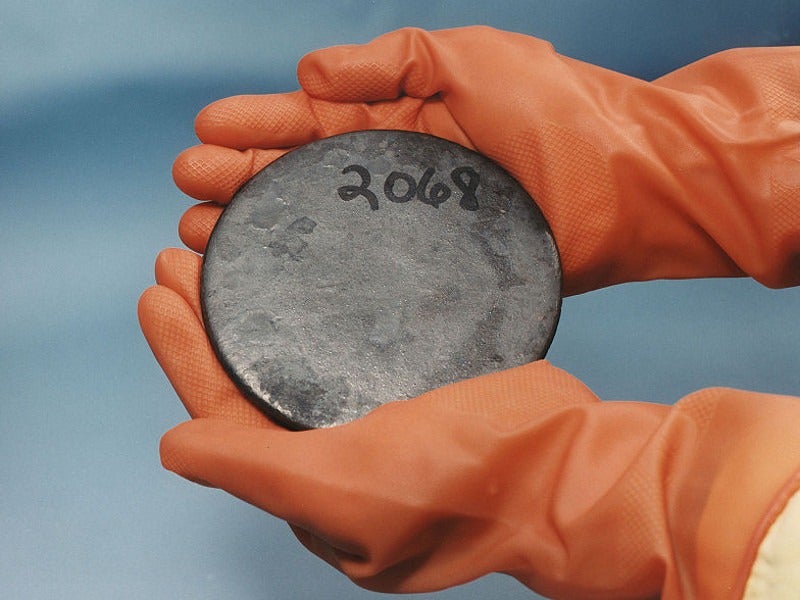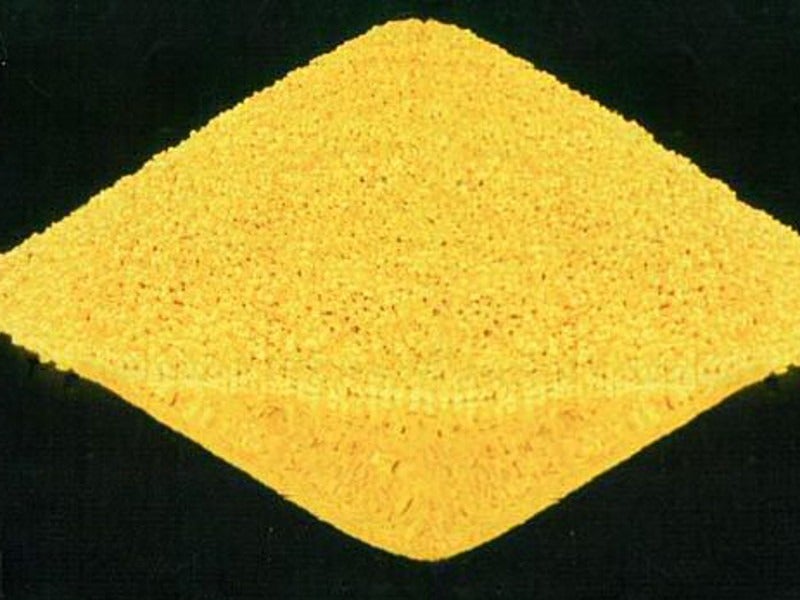The Letlhakane uranium project is located approximately 80km from Francistown near Serule, Botswana. A-Cap Energy is developing the project, which is considered as one of the ten biggest undeveloped uranium resources in the world.
Environmental impact statement (EIS) of Letlhakane was approved by the Botswana Department of Environment Affairs (DEA) in May 2016. The project received mining license in September 2016.
It is expected to produce 3.75 million pounds (Mlbs) of uranium a year during its anticipated mine life of 18 years.
Letlhakane uranium project location and geology
The Letlhakane uranium project is located within the mining license PL 45/2004, which extends in more than 144km². It hosts three types of ore namely primary, secondary, and oxide.
Mineralization at the project occurs within Permian to Jurassic-aged sedimentary rocks belonging to the Karoo Super Group. The sediments are hosted in a shallow, westerly-dipping basin originated due to rifting of the African continent.
The sediments are mainly hosted in the metamorphic rocks of the Archaean Zimbabwe Craton, which are identified in the eastern part of the license area. The sandstone-hosted mineralization resembles a roll front deposit, wherein the uranium is precipitated at redox boundaries.
Letlhakane uranium project reserves
As of September 2015, the indicated and inferred mineral resources at Letlhakane were estimated to be 1,040Mt grading 100 parts per million (ppm). The mine is expected to contain 351.8Mlbs of U3O8.
Ore mining and processing at Letlhakane uranium project
Conventional open-pit method of mining will be applied at for the Letlhakane uranium project.
The processing plant will employ acid heap leaching process to treat nine million tons (Mt) of ore a year to produce uranium concentrate. A combination of solvent extraction and ion exchange (SX/IX) circuit will be employed to recover uranium.
Primary ores, oxides, and secondary mudstone ore will undergo closed screening and secondary crushing processes to achieve a product size of <19mm. The material will then be fed to the agglomeration drums, wherein it will be mixed with acids and polymers and stacked by a grasshopper conveying system.
The resulting product will undergo a two-stage acid heap leach process, including sulphuric acid leaching in one of two 79Mt capacity permanent leach pads. Intermediate and raffinate solutions will be used in the leaching stage to limit the volume of pregnant leach solution feeding the SX plant.
Continuous ion exchange in the SX strip will recover uranium, followed by purification and final precipitation of uranium oxide concentrate (UOC). The project will also produce UO2 filter cake by using the indirect uranium precipitation process through sodium diuranate (SDU) precipitation.
Infrastructure facilities at Letlhakane uranium project
The project is located in proximity to Botswana’s main North-South infrastructure corridor, which comprises a sealed all-weather highway (A1 Highway) and a railway line between Gaborone and Francistown.
Power supply is proposed to be made from a 220kV power line running north‐west from the Serule switching station to the Orapa mine.
Water required for the project will be collected from a resource located approximately 35km to the west of the project.
Contractors involved
A-Cap has engaged Lycopodium Minerals as the lead consultant for preparing the feasibility study (FS) of the project.
Knight Piésold supported Lycopodium with the engineering services, while SRK Consulting collected the mineralogy and geology information.
Other consultants that participated in the FS preparation were Optiro, Cube Consulting, SLR Consulting, Orway Mineral Consultants, and Kappes Cassiday & Associates.
SLR Consulting (Africa) prepared the EIS process and documentation of the Letlhakane uranium project with support from Ecosurv, which prepared the resettlement action plan (RAP).




